Here’s how one Danish utility is using ETES heat pump technology and seawater to decarbonize heating for an entire town.
DIN Forsyning, a multi-utility owned by the Danish municipalities of Esbjerg and Varde, is decarbonizing the city’s thermal energy supply by connecting the district heating network to the world’s first cross-sectoral ETES heat pump system to make Esbjerg future-ready – and protect a local UNESCO Natural Heritage Site into the bargain.
By Christopher Findlay
It is big – really big, dwarfing the admirers who stand before the multicolored array of pipes on the testbed floor. The massive dimensions of the Electro-Thermal Energy Storage (ETES) heat pump fit the task, since it’s about to address a large challenge – decarbonizing the heat supply of the Danish port town of Esbjerg.
Today, Karl Böhle and Raymond Decorvet of MAN Energy Solutions are giving a visitor from Denmark a tour of the production facilities in Zurich. With palpable enthusiasm, Böhle points out details of the unit to Claus Nielsen, Business Development Director at Esbjerg’s DIN Forsyning. The utility has chosen two ETES heat pumps to replace a coal-fired combined heat and power plant to meet its heating requirements, and Nielsen is here to oversee the final stages of delivery. Shipping has already begun, and soon the components will be assembled and put through their first trials before commissioning in Denmark.
In principle, we’ve got a reverse air conditioning unit. In this case, electric power won’t be used to cool buildings, but to heat them with hot water.
As the senior manager for this project, Böhle is intimately familiar with the technology. “In principle, we’ve got a reverse air conditioning unit,” he explains. “In this case, electric power won’t be used to cool buildings, but to heat them with hot water.” The compressor-expander system will take heat from sea water, multiply it, and then send it to the district heating system. The machine is designed with a hermetically sealed casing comprising a compressor motor and expander in a single unit, which makes the whole system very efficient.
Uniquely, it will use carbon dioxide (CO2) as an eco-friendly refrigerant with high density and heat capacity, which makes for a small spatial footprint, maximum energy efficiency and low capital expenditures. The CO2 is also non-toxic, non-flammable, and safe to handle, which is important given the sensitive ecosystem where it will be commissioned. And its thermodynamic properties make it suitable for heat transfer under high pressures of over 150 bar in the process loop of compression and expansion.

The MAN ETES heat pump (seen here on a test bed at the Production Hall in Zurich, Switzerland) are part of a turnkey solution to replace a coal-fired plant and supply the Danish town of Esbjerg with around 235,000 megawatt-hours of emission-free heat each year. ©Raphael Zubler
Innovation built on established solutions
It is a hot early summer day in Zurich, with no wind and a clear lakeside view of the Alps, but conditions will be very different at the heat pump’s destination, where it is due to arrive in a few weeks’ time. Esbjerg is situated on the coast of south-western Jutland, a flat and often cold expanse with temperatures regularly below freezing between November and March. There’s also nearly always a steady breeze blowing in from the North Sea, which is why this region, formerly a center of the oil and gas industry, has a become a wind power hub. Much of the local economy is linked to the some of the world’s largest wind farms just off the coast that provide electricity and jobs, including service, maintenance, and shipping of components, to the community. Handling a 40-tonne compressor unit is all in a day’s work for the port of Esbjerg.
Clearly, it makes sense to use that clean wind energy, rather than fossil fuel, to deliver heat to the city’s population of 100,000. Once the new district heating plant is operational, it will supply around 235,000 megawatt-hours of heat per year and avoid 100,000 tonnes of CO2 emissions, the equivalent of emissions from 55,000 cars. Shifting to sustainable power was one of the project’s main objectives from the start, and Nielsen’s role was to find a solution for decarbonizing the heating network in Esbjerg. “Our goal is to be fossil-free as soon as possible and go directly from coal-fired power plants to direct electrification of the heating system,” he explains.
Neither district heating (first introduced in the 14th century and in general use since the 1850s) nor heat pumps (developed in the mid-18th century) are new technologies. In fact, the MAN Energy Solutions production site in Zurich was previously home to Escher Wyss & Cie., a Swiss engineering company that built heat pumps here before and during World War II as a way of increasing the country’s independence from foreign coal imports. What is new about this project is the way it will harness the first cross-sectoral ETES Heat-Pump system to supply thermal energy on an industrial scale using clean energy from April 2023 onward. The 50-megawatt heat pump system will be the largest sea water heat pump in Denmark.
Our goal is to be fossil-free as soon as possible and go directly from coal-fired power plants to direct electrification of the heating system.
“This could be really, really good”
“We were looking for the best available technology to fulfill our ambition of having the most efficient sector coupling between heat and electricity,” says Nielsen. “As an engineer, I really like it. It’s really engineering art,” he adds. One of the most attractive features of the ETES system, he says, is the flexibility it offers – flexibility in the choice of fuels, if wind power should be unavailable; flexibility with respect to the heat quality, since ETES can deliver both very high and very low temperatures for heating and cooling as needed; and flexibility in terms of DIN Forsyning’s ability to earn revenue by supplying grid stabilization services to the electricity network, thanks to the turbo-compressor technology.
MAN Energy Solutions was a latecomer to the call for tenders launched by DIN Forsyning, as Raymond Decorvet, responsible for Global Business Development MAN ETES, recalls. “Back in 2018, we were marketing ETES as an electro-thermal energy storage solution for storing energy as heat and cold that could be reconverted to reproduce electricity. We soon realized that at that time the market wasn’t ready for such a solution yet.” Hearing about the project in Denmark, a global leader in district heating, his team came to understand that their technology was ideally suited to supply large amounts of heat to the utility’s customers.
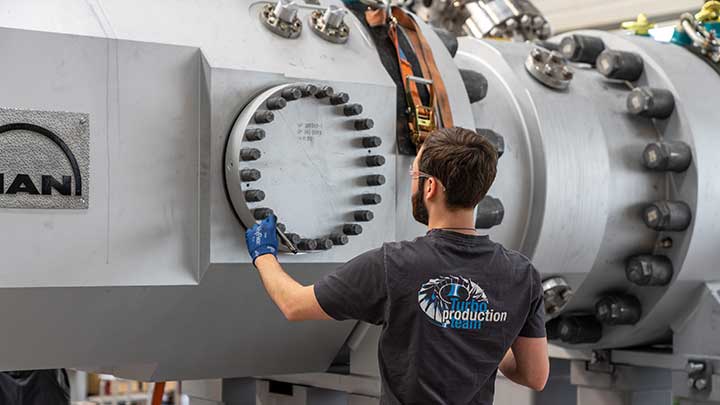
A climate-neutral alternative to traditional, largescale heat supplies, the MAN ETES heat pump distinctively makes use of toxicologically and environmentally safe CO2 as a refrigerant for the entire system cycle. ©Ralf Zubler
Although the integrated concept only existed as a PowerPoint presentation at that point, the Danish utility was immediately intrigued by the possibilities, as Nielsen recalls. “My colleague came back from the meeting and told me: ‘These guys had some really nice technology. I’m not sure it’ll work, because they’ve only made it made on paper, but this could be really, really good. It’s possible that this machine is really what we need. It would be so nice if it really worked.’”
On the other hand, Nielsen and his team felt that the proposition had come too late. “We thought we were already too far advanced and doubted that these guys could catch up in the middle of a commercial tender.” However, the offering evolved rapidly from PowerPoint into a proof of concept in the lab, and then into a robust final offer. “That’s what I have to stress: It was the best offer, from both the commercial and technical perspectives, that we got within one year. That’s amazing,” says Nielsen.
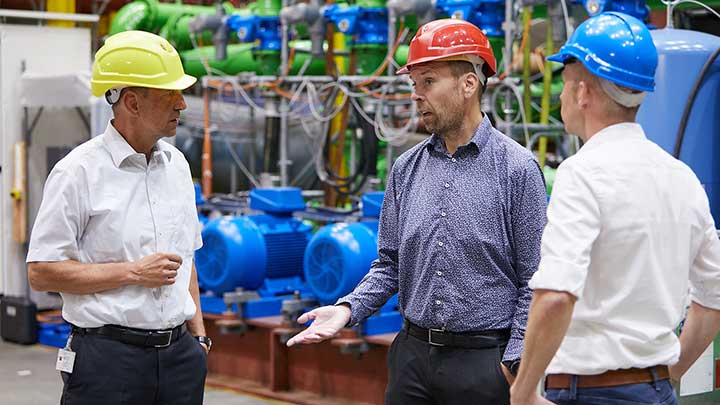
The importance of collaboration: The work with DIN Forsyning allowed MAN Energy Solutions to see the full potential of their heat pump and recognize new business case, supplying sustainable, future-ready energy. ©Raphael Zubler
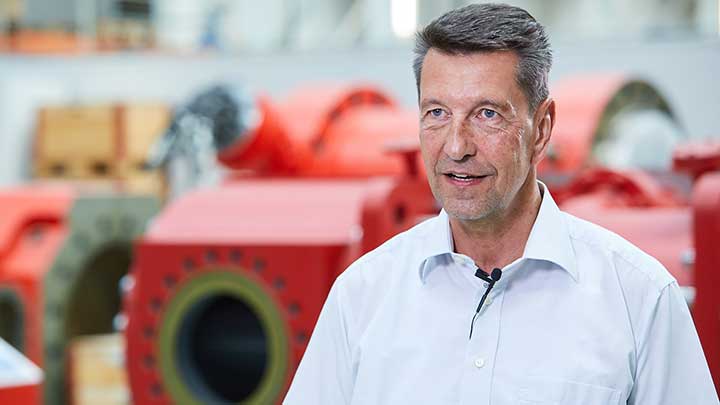
"The guys in Esbjerg saw the really big value of our technology and the business case that our technology opened up to them,” says Raymond Decorvet (links), Global Business Development ETES at MAN Energy Solutions. ©Raphael Zubler
Leapfrogging to sustainability
As they walk out of the production hall together, Raymond Decorvet and Nielsen reflect on how far their collaboration has brought them. According to Decorvet, it was really the customer that helped them understand the full potential of its ETES solution: “The guys in Esbjerg saw the really big value of our technology and the business case that our technology opened up to them, which we hadn’t fully realized up to that point. In the meantime we’ve overcome a steep learning curve, and what we’ve gained on experience makes us even more proud of our capabilities and solution.” The ability of the sea water heat pump to supply energy in a sustainable manner is especially gratifying to the team. Not only will it replace coal with wind energy, but with its use of CO2 as a toxicologically and environmentally safe working fluid for the refrigeration cycle, it is well suited for deployment in the Wadden Sea, a UNESCO World Heritage site and national park off the coast of Esbjerg.
Not much will change for the residents of Esbjerg after its power utility switches to ETES. However, the social-economic value of the heat pump is obvious, as it will help the community preserve its heritage in more ways than one by leapfrogging to an environmentally sustainable, future-ready energy supply. A number of Danish communities have switched from oil and coal to biomass, but DIN Forsyning’s customers are going straight to zero-emissions energy. “Just like owners of rooftop PV or electric vehicles, they ought to be proud when they look into their homes and see this small, elegant district heating installation,” says Nielsen. Instead of introducing green technology one house at a time, the ETES heat pump will help to decarbonize 27,000 households at once: “Maybe they should install a mirror on the district heating shelves in their home, because they are also part of the green transition – in fact, they’re a component with huge effects.”
Rethink your heat supply
About the author
Christopher Findlay is an independent journalist specializing on technology and business reporting. He lives and works in Zurich, Switzerland.
Explore more topics
-
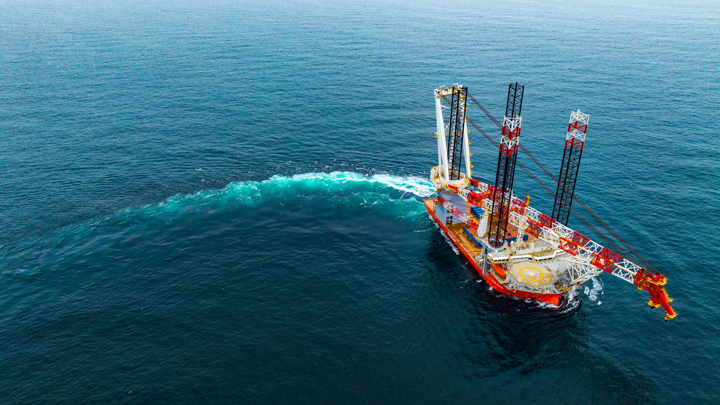
The latest-generation wind turbine installation vessel
A new wind turbine installation vessel with a customized-engine configuration lets offshore wind contractor Cadeler transport and lift more powerful turbines in even rougher locations – and they’re saving emissions while they are at it.
-

Hapag Lloyd LNG container vessel
Hapag-Lloyd’s new LNG-powered containership cuts emissions by a quarter immediately and by 95 percent with green methane
-
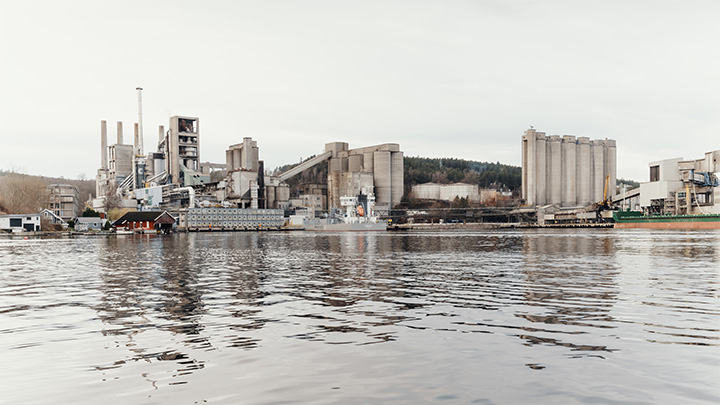
Heidelberg Materials: First CCS plant for cement industry
The first CCS facility for cement production in Brevik, Norway, is paving the way for carbon-neutral industrial processes.
MAN Energy Solutions is now Everllence.
We have adopted a new brand name and moved to a new domain: www.everllence.com. This page will also be relocated there shortly. We are working on shifting all pages to www.everllence.com.
